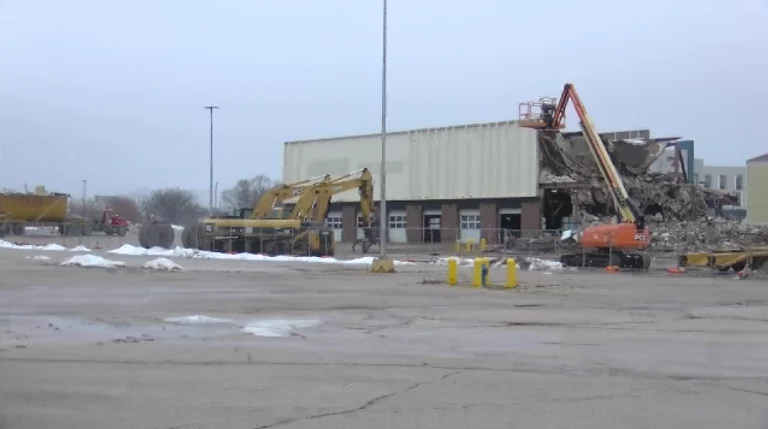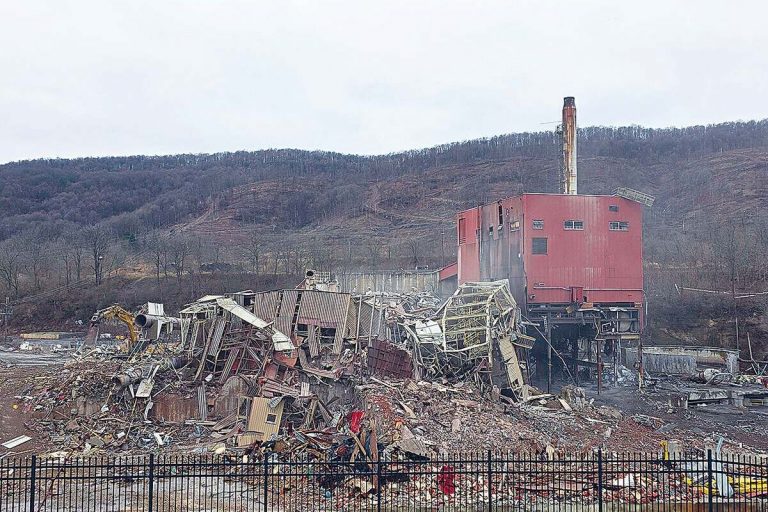
Demolishing is an integral process in the construction industry as it is an essential process in the renovation activities and new commercial buildings. Demolishing is time-consuming, potentially hazardous work, regardless of job site conditions. Also, selectively demolishing concrete elements within an existing structure majorly for renovation purposes, while using heavy equipment is a challenging job for the construction companies. According to the Robotic Industries Association, demolition robots occupy approximately 90% of the total market share for construction robots.
Since demolition is one of the most hazardous tasks of the construction industry, manual workers are prone to various fatal accidents and damages. Implementing robotics for demolition function increases the safety and efficiency of the workers, hence increasing the cost savings for the construction companies. Further, according to Ekso, the US spends USD 21 billion per year on workplace-related injuries that drain productivity. Construction workers are almost five times more likely to report poor health, and 20% of construction workers report severe pain. This significantly caters to the high demand for Demolition Robots during the forecasted period.
In October 2019, Waste Robotics, based in Quebec, has announced a partnership with Torxx Kinetic Pulverizer for deploying their equipment to a materials processor in the Atlanta area. Waste Robotics will supply three WR-2 C&D sorting robots to sort construction and demolition waste and several types of green waste at the facility. The robots will able to recognize hundreds of different materials, including organics, plastics, papers, woods, bricks, concrete, and metals. They can precisely determine the quality of the wood and the differences between aggregates and plastics. Besides, Torxx will supply a kinetic pulverizer to the customer.
North America is Expected to Hold Major Share
While manual labor has been a huge and very critical component of modern construction, technology has been continuously improving since the first pulleys and power tools. Robots are the beginning to help get the work done. With low US unemployment and shortages of skilled labor, automation is key to meeting demand and continued economic growth. However, According to PIAAC data, it is calculated that 38% of jobs in the United States are at significant risk of being automated during the next decade. According to a report by the Associated General Contractors of America, 70% of contractors in the US struggle to hire skilled craft workers. This comes as hiring needs in the industry are expected to grow 12% by 2026 with the demand of construction robots.
Further, players are launching innovative robots and various partnerships among players catering to the growth in the region. For instance, in June 2020, Boston Dynamics announced the debut of sales for Spot, which is the agile robot that climbs stairs and also traverses rough terrain and is intended for commercial and industrial usage. It is currently only available for purchase in the United States, with a price of USD 74,500. In February 2020, Trimble, Hilti, and Boston Dynamics announced a collaboration for exploring the integration of both Trimble’s and Hilti’s construction management software solutions, known as GNSS technology and reality capture devices with the Boston Dynamics’ Spot robot platform
.
The companies aim to collaborate to develop a “proof-of-concept” solution. Equipped with Trimble’s and Hilti’s reality capture devices as their payload and directly communicating with a cloud-based construction management application, the Boston Dynamics Spot Robot will be able to provide consistent output and deliver improved efficiency on repeatable tasks and enable up-to-date as-built data analysis. Further to cater to the issue of labor shortage, in September 2019, Built Robotics announced a USD 33 million Series B round. The aim is to allow one equipment operator to oversee a fleet of vehicles working autonomously in parallel, hopping in the cab only for tasks the machine can’t handle.
https://www.researchandmarkets.com/r/s6jzg4 ResearchAndMarkets.com




